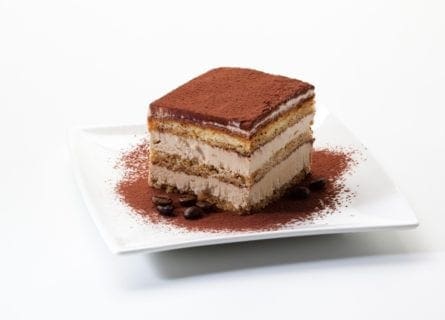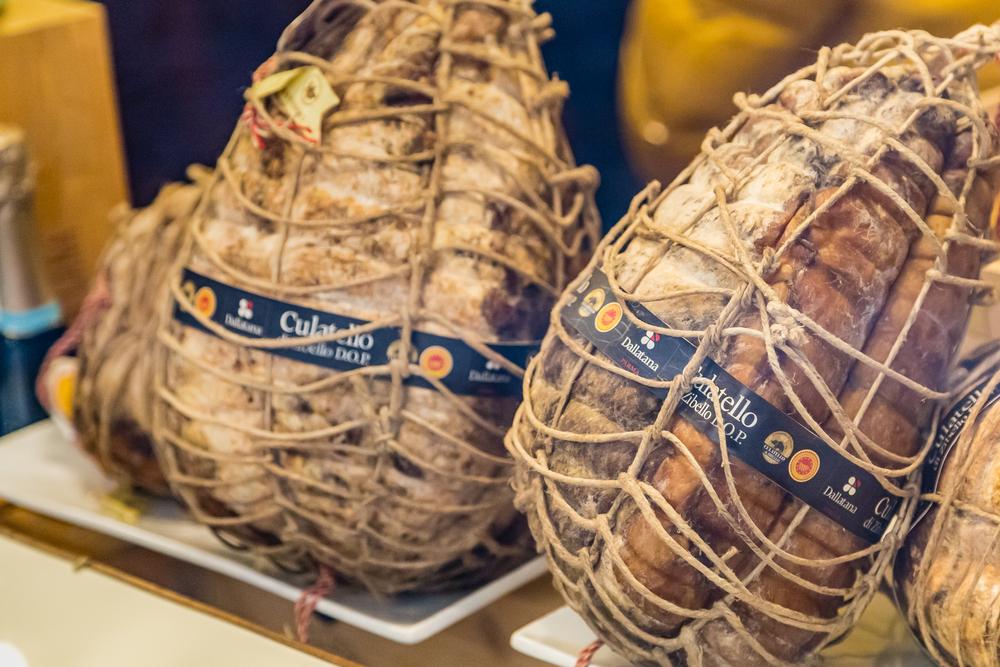
A Taste of Treviso: Discovering Authentic Veneto Cuisine
November 18, 2023
Delve into the flavors of Treviso. Discover traditional dishes, local specialties, and culinary secrets from the heart of Veneto.
By: Nicole Dickerson / Last updated: April 27, 2024
Estimated reading time: 3 minutes

Guide to Emilia-Romagna Gastronomy and Cuisine: Read more
Regional Cuisine:
Bologna, Ferrara, Forlí-Cesena, Modena, Piacenza, Ravenna, Reggio Emilia, Rimini
Parma is home to some of the most delicious Italian food of Emilia-Romagna.
Anolini in brodo is another meat-filled pasta from Emilia-Romagna served in a meat-based broth. Parma and Piacenza both stake claim to the origins of this dish. Anolini is made by cutting the pasta sheets into small circles with the filling in the middle. Parmigiano Reggiano, ground meat, and breadcrumbs make up the filling for this fresh, handmade pasta.
This Parma specialty is made by stuffing a hen with a mixture of butter, cloves, nutmeg, ginger, and cheese. After the hen is stuffed, it’s sewed closed and boiled until tender. Bollito ripieno is served with preserved vegetables called giardiniera.
First made in the 14th century, this ham is one of the most prized meat products of Parma and the greater Emilia-Romagna region. Culatello di Zibello is made by curing pork with white wine, garlic, and spices. The cured meat is then stuffed into a pig’s bladder or other natural casing and tied with twine—the meat ages for eleven months minimum, resulting in a lusciously tender, rich specialty.
Prosciutto di Parma’s unbeatable quality sets the premium standard for prosciutto production throughout Italy. Its PDO status requires the Large White, Landrace, and Duroc breed of pigs, which can only be raised within ten designated regions. These pigs must also be fed a mix of cereals, grains, and Parmigiano Reggiano whey. This diet and the minimum one-year aging requirement are thought to give Prosciutto di Parma its complex depth of flavor.
For a meat-free pasta option in Parma, look to tortelli d’erbetta. The pasta for the tortelli is handmade from flour, eggs, and salt; the filling consists of ricotta, eggs, nutmeg, Parmigiano Reggiano, and spinach or beet spinach. This traditional food of Emilia Romagna is eaten every year on June 23rd for the Feast of Saint Giovanni.
Parma has its own take on trippa, or tripe, which is the edible lining of a cow’s stomach. Trippa alla Parmigiana originated in the traditions of cucina povera and is made with veal tripe, Parmigiano Reggiano, and butter. Some versions are enhanced with tomatoes, chile peppers, onions, basil, parsley, or rosemary.
If you would like us to customize an exclusive luxury tour, contact us and let us know your travel plans. We offer luxury food and wine tours for private groups of a minimum two guests. In addition, all of our private, chauffeured tours are available year-round upon request.

